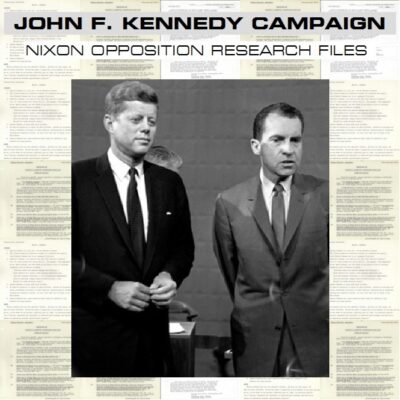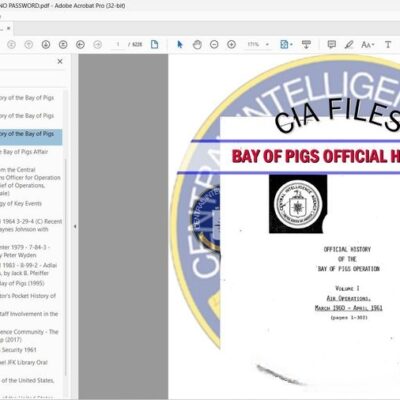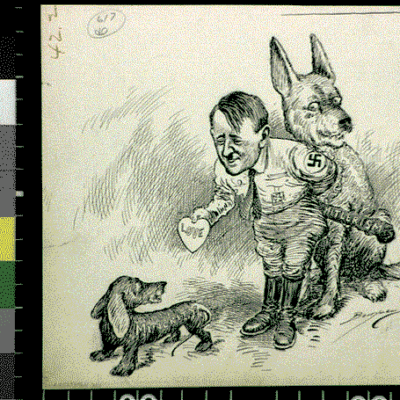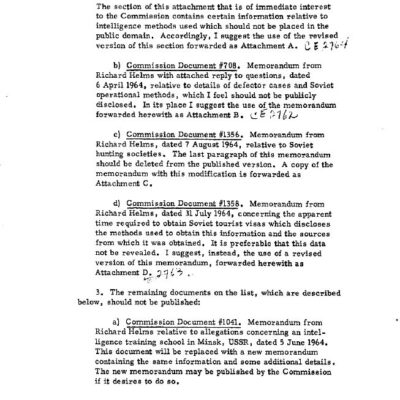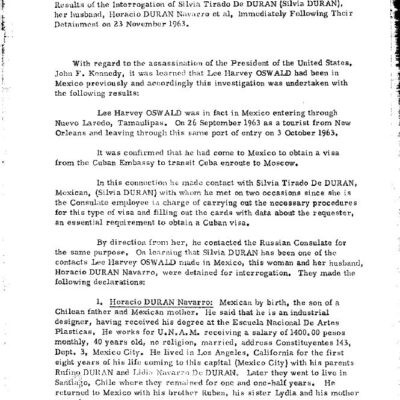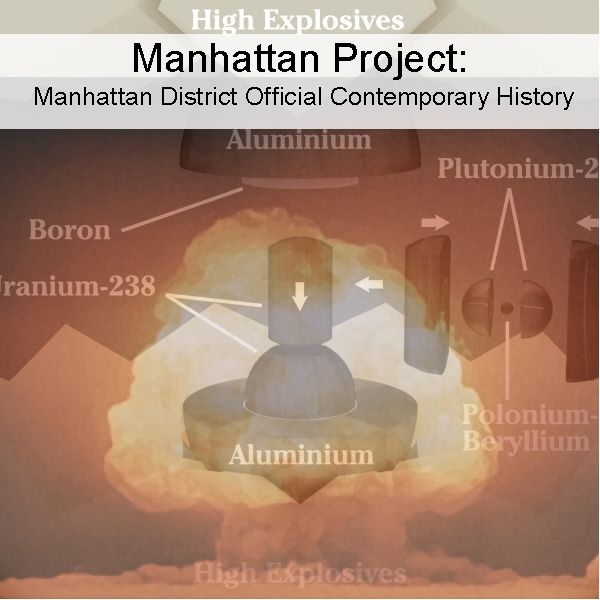
Description
Manhattan Project: Genesis and History
Detailed Timeline of the Manhattan Project (Based on Source)
- World War II Era (1939-1945): The backdrop for the Manhattan Project, driven by the urgency of the war.
- 1942: The formal initiation of the Manhattan Project.
- 1942 – 1946: The period during which the Manhattan Project was under the direction of Major General Leslie Groves of the U.S. Army Corps of Engineers.
- During the Manhattan Project:Establishment of the Los Alamos Laboratory, with Robert Oppenheimer as its director, responsible for the design of the atomic bombs.
- Significant activities and achievements in research related to atomic energy.
- Development and design of nuclear weapons.
- Construction of facilities necessary for the project.
- Operation of these facilities.
- Administration of the vast and complex project.
- Foundation of National Laboratories (as a topic covered in the historical document).
- Research and Development of Atomic Energy for Power (as a topic covered).
- Investigation of Miscellaneous Processes of Separation of Uranium (as a topic covered).
- Implementation of a Medical Program (as a topic covered).
- Work on Isotopes (as a topic covered).
- Intelligence & Security operations related to the project.
- Development of the Gaseous Diffusion (K-25) Project for uranium enrichment.
- Work on the P-9 Project (nature unspecified in this source).
- Development of the Pile Project X-10 (likely an experimental nuclear reactor).
- Development of the Electromagnetic Project for isotope separation.
- Development of the Liquid Thermal Diffusion (S-50) Project for uranium enrichment.
- Undertaking of Project Camel (nature unspecified in this source).
- Research related to Boron (likely for control rods in reactors or other applications).
- Assistance provided on the Canadian Pile Project.
- 1944: General Leslie Groves recognized the importance of documenting the history of the Manhattan Project.
- 1944 onwards: Instructions given by Groves for the creation of the “Manhattan District History.”
- During the creation of the “Manhattan District History”:Several different authors contributed to the history under the editorship of Gavin Hadden.
- The goal was to create a history understandable to the average reader, detailing what the Manhattan District did, how, when, and where.
- A highly secret typed report was produced, with only four copies initially made.
- The history systematically assembled a vast amount of information, including annotations, statistical tables, charts, engineering drawings, maps, photographs, and detailed indices.
- Post-World War II (after 1945):Preparation and Publication of the Smyth Report (as a topic covered in the historical document, likely detailing the project’s findings for public consumption).
- Investigation of the After Effects of the Bombing in Japan (as a topic covered, indicating analysis after the use of the weapons).
- Operation Crossroads (as a topic covered, referring to the post-war nuclear weapons tests).
- 1940s: The decade in which the “Manhattan District History” was written.
- Present Day (2024): One of the original four copies of the “Manhattan District History” (specifically copy number three) belongs to the Department of Energy’s Office of History and Heritage Division and is now available in a reproduced format.
Cast of Characters and Brief Bios
- Major General Leslie Groves: Head of the Manhattan Engineer District from 1942 to 1946. He was responsible for the overall direction and management of the Manhattan Project, including its vast scientific, engineering, and logistical undertakings.
- Robert Oppenheimer: Nuclear physicist who served as the director of the Los Alamos Laboratory. He was the leading scientific figure responsible for the design and development of the actual atomic bombs.
- Gavin Hadden: A long-time civil employee of the Army Corps of Engineers who served as the editor of the “Manhattan District History.” He oversaw the creation of this comprehensive official record of the project.
- The Authors of the “Manhattan District History”: Several unnamed individuals who contributed to writing the 79 volumes of the official history under the editorship of Gavin Hadden. Their work involved compiling and documenting the various aspects of the Manhattan Project.
Manhattan Project: Manhattan District Official Contemporary History
The Department of Energy, Manhattan Engineer District official 79-volume, 14,238-page contemporary, written in the 1940’s, history of the Manhattan Project.
The Manhattan Project was a research and development program undertaken during World War II that produced the first nuclear weapons. It was led by the United States with the support of the United Kingdom and Canada. From 1942 to 1946, the project was under the direction of Major General Leslie Groves of the U.S. Army Corps of Engineers. Nuclear physicist Robert Oppenheimer was the director of the Los Alamos Laboratory that designed the actual bombs. The Army component of the project was designated the Manhattan District.
In 1944 General Leslie Groves, head of the Manhattan Engineer District, realized that it was important to begin documenting the history of The Project. Groves gave instructions for the creation of the history of the Manhattan Project called the “Manhattan District History.” It was created by several different authors under the editorship of Gavin Hadden.
Hadden was a long-time civil employee of the Army Corps of Engineers. The goal was to create a history that was, “intended to describe, in simple terms, easily understood by the average reader, just what the Manhattan District did, and how, when, and where.”
A report was typed up that was so secret that only four copies were made.
The volumes record the Manhattan Project’s activities and achievements in research, design, construction, operation, and administration, assembling a vast amount of information systematically, in a readily available form. The Manhattan District History contains extensive annotations, statistical tables, charts, engineering drawings, maps, photographs, and detailed indices.
Only a handful of copies of the history were prepared. The copy reproduced here, three of four, belongs to the Department of Energy’s Office of History and Heritage Division.
Topics covered include
Foundation of the National Laboratories
Research and Development of Atomic Energy for Power
Investigation of the After Effects of the Bombing in Japan
Assistance on the Canadian Pile Project
Preparation and Publication of the Smyth Report
Investigation of Miscellaneous Processes of Separation of Uranium
Medical Program
Isotopes
Intelligence & Security
Gaseous Diffusion (K-25) Project
The P-9 Project
The Pile Project X-10
Electromagnetic Project
Liquid Thermal Diffusion (S-50) Project
Project Camel
Boron
Operation Crossroads





